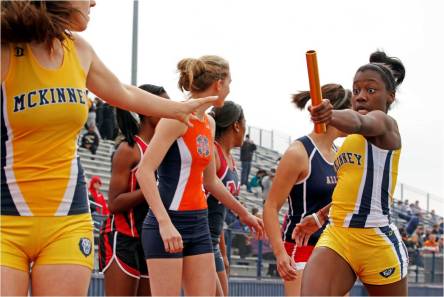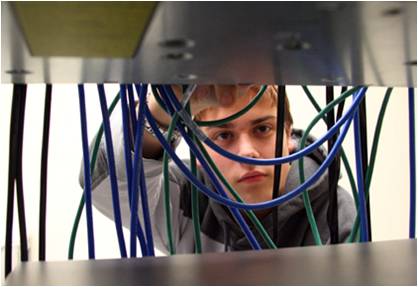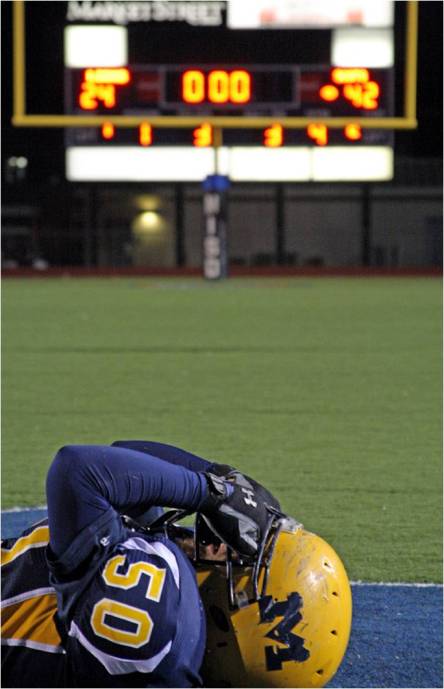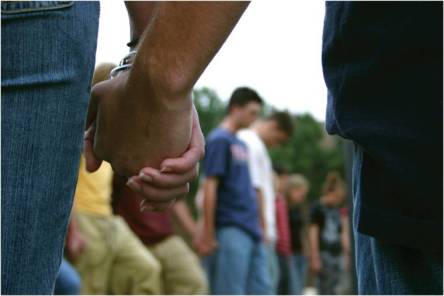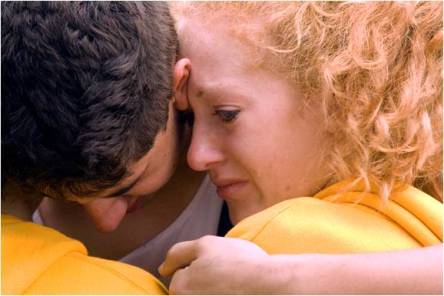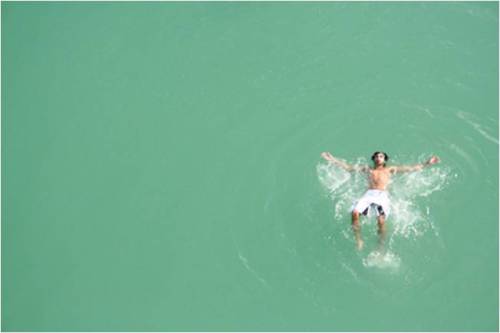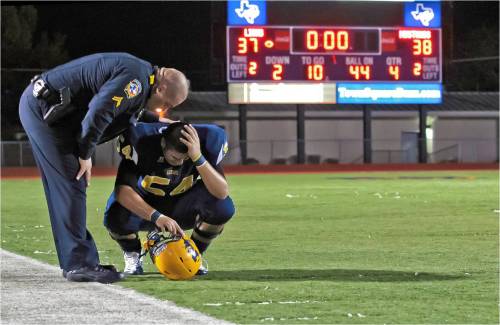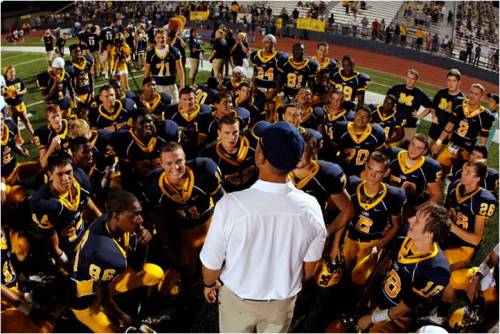Low light photography can come in many different places. You could be inside, especially in a gym, and realize that there isn’t enough light to really capture the moment. At the same time, you could be outside and not be able to see anything except the sky. These are some helpful camera tips to help make your low light pictures even better.
Of course step number one is to try to get as close to a light source as you can. If you are taking a picture of a group, try having them stand under an actual light. It is the easiest way to get more light in a picture.
Try shooting in the raw. This kind of picture is easier to work with, but it will take up more space. It will make it easier to take into Photoshop or your photo editing software and fix it how you see fit. It is also easier to recover details if you over or under expose the picture. This is great when you are working with low light because you do not have to have your camera settings perfect and you can still get great details.
Set the ISO up as high as it can go. ISO is what deals with light. The higher the ISO, the faster the shutter will capture the image. If you have an ISO of 3200, the shutter speed will be 1/32 of a second. This will capture a lot of light in a quick time. Set your ISO high so you can get a quick burst and capture a lot of details. In order to do this, you will probably need to have a tripod with you. You have to hold your camera extremely still, and the best way to do this is to put your camera on a tripod. Pack one in your bag just in case you need it.
Also, low lighting places can set you up for some dramatic and interesting shots. If you can’t seem to get details of people, think about shadows you can get. A player going up for a rebound on the basketball court might be a very interesting image for a divider page. Get creative with your shots and think about how a back light might help you, rather than hinder the shot you were expecting.
These are just a few tips in order to help you shoot in low light areas. There are a lot of tips you can find in order to make your photography even better, but these are some of the main ones. Before you shoot in low light areas, make sure you have the equipment you need. Tripods, flash, and lenses are a must. Always be prepared when shooting in all kinds of conditions. It will not only make you feel better, but it will make your pictures look better.






